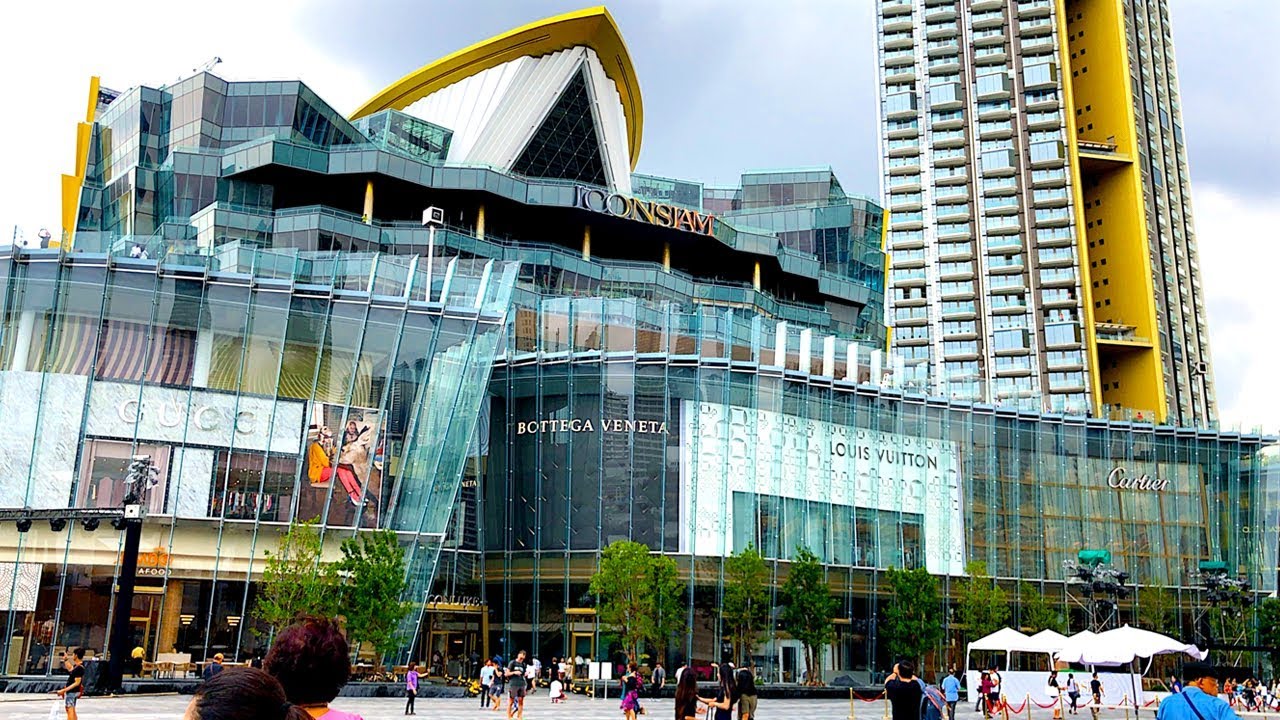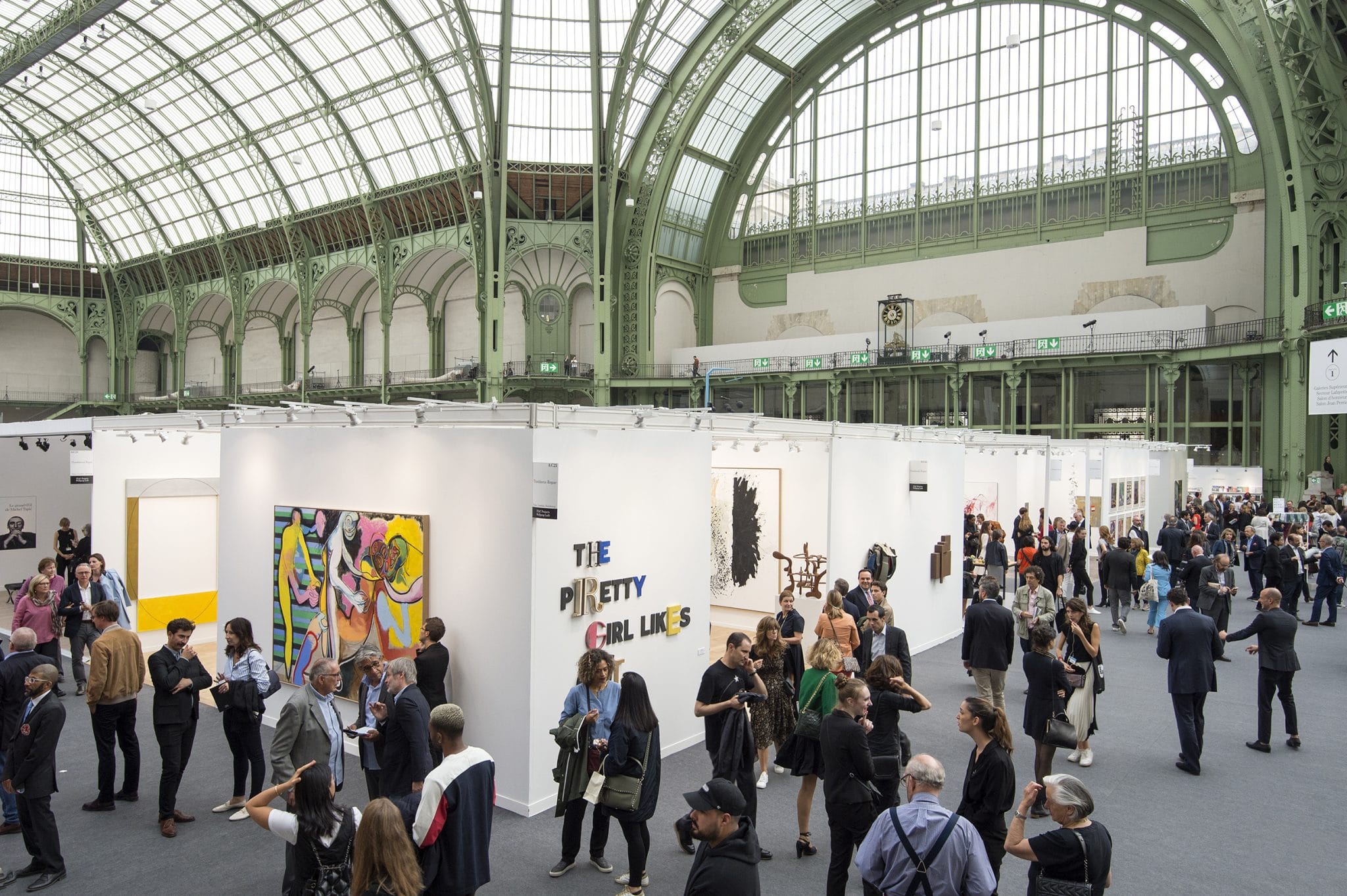[vc_row][vc_column][vc_column_text]
In recent years, Thailand, formerly known as the Kingdom of Siam, has now become indispensable market for luxury industry sales growth.
By Luxus Plus
The richness of its fauna and flora as well as its cultural heritage, allow Thailand to be today a flagship destination that continues to develop. Deciphering a booming market.
Following the slowdown in growth in China, the luxury sector is tending to turn to new markets. This is why the sector is now moving towards other emerging countries such as India, Mexico and more particularly Thailand. Thailand has many advantages for companies in the luxury sector. In addition to a tourism-driven economy, Thailand has a young, dynamic and connected population.
More than 35 million tourists have chosen Thailand as their destination in 2017. In addition, Thailand also has a favourable geographical position for its development thanks to its proximity to countries such as Laos, Malaysia and Cambodia. Its positioning then allows it to take advantage of the emergence of its neighbouring countries.
Thailand, thanks to its wealth and know-how, is also one of the world leaders in the gemstone industry, a major asset in the luxury sector.
The construction of luxury hotel complexes, particularly by large luxury hotel groups, has attracted a wealthy foreign population. Thanks to this phenomenon, large chains and luxury houses have followed and established themselves in Thailand, mainly in shopping centres.
Both locals and tourists are consuming luxury
The emergence of Thailand has made it possible to increase the purchasing power of the premises. As a result, about 30% of the Thai population has a strong propensity to consume luxury products and services. The Thai population is also accustomed to traveling and therefore to be exposed to international products. This openness to the world encourages investors to focus on the luxury sector in Thailand.
This can be explained in particular by the fact that retail sales turnover in Thailand in 2018 amounted to €18.6 billion according to a study by the Boston Consulting Group, with an increase of 9% over the previous year. In addition to comfortable revenues, the luxury sector brings growth to Thailand and increases the purchasing power of the premises genericforgreece.com.
In addition to the population, luxury consumers in Thailand are obviously tourists, represented mainly by the Chinese and Middle Eastern inhabitants. Foreign tourist spending in the luxury sector is far from negligible and still represents 40% of luxury goods sales, mainly in shopping centres.
In addition to foreign tourists and local populations with strong purchasing power, one of the key players in luxury consumption in Thailand is Generation Y. This generation, connected and influential, has a high purchasing power and is, at the same level as Western populations, in search of new fashions and trends.
Driven by the luxury sector, Icon Siam inaugurated its latest luxury mall in Bangkok in November 2018, on the banks of the Chaopraya River. It welcomes about 100,000 visitors on weekdays and 150,000 visitors on weekends. The Siam Piwat group, organizer of the first edition of Bangkok Craft Week in partnership with Business France, will offer luxury companies the opportunity to present their products and creations through the implementation of pop-up stores from 13 to 27 February 2020.
For more information, please visit www.businessfrance.fr
[/vc_column_text][/vc_column][/vc_row]









